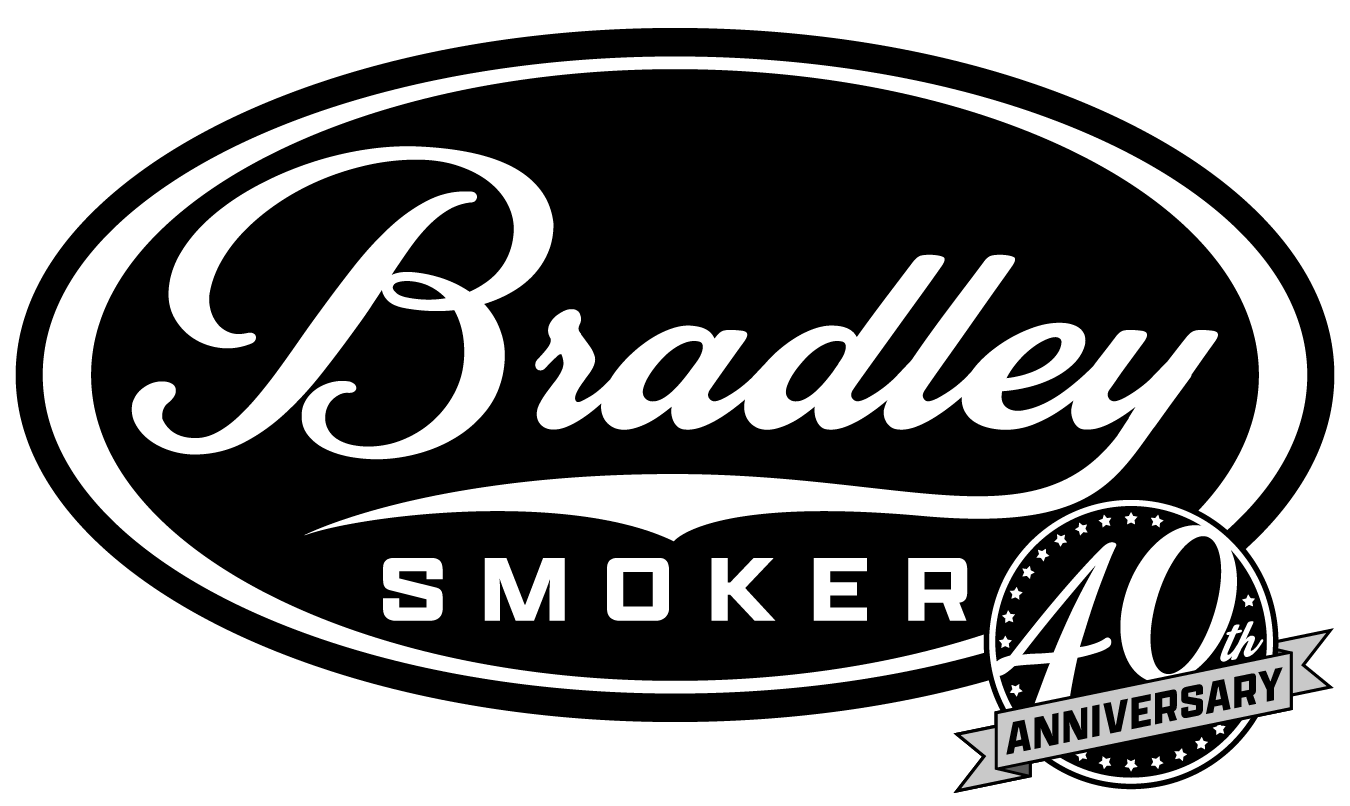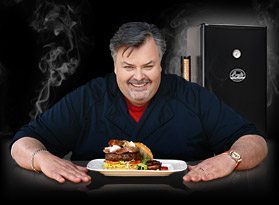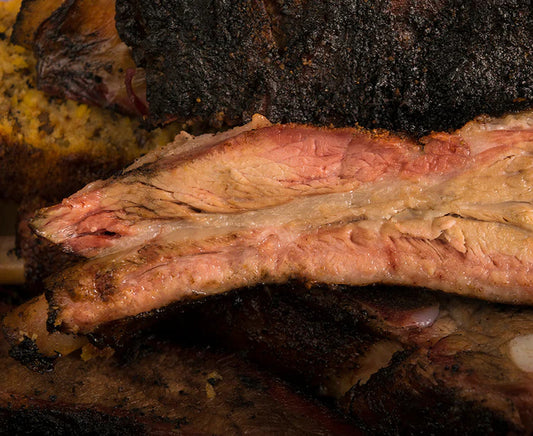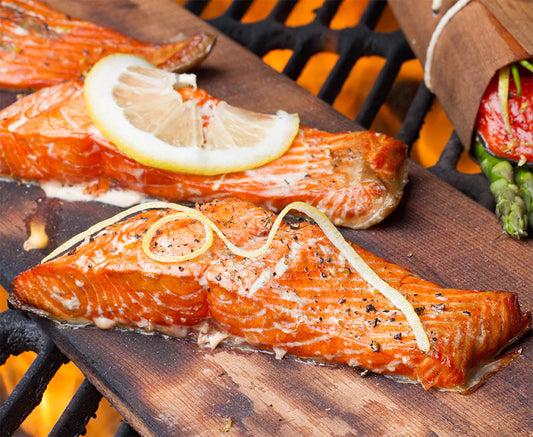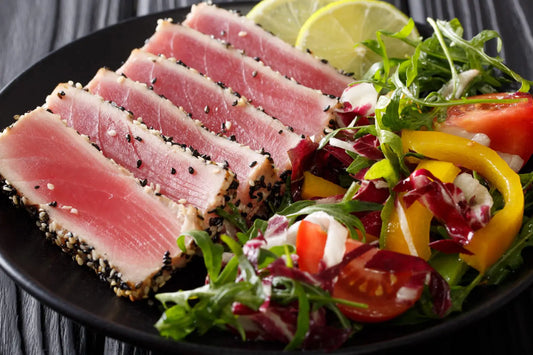Like most other methods of cooking, food smoking is an art. To really get it right, it takes a lot of time and practice.
Food smoking chefs, like Ted Reader, have spent a lifetime refining their food smoking skills and tastes. He’s about as close to perfect as we know!
A Journey Full of Trial and Error
Food smoking is a journey full of trial and error, and just when you think you have completely mastered the art, there you have it. You encounter a new rub, a new glaze, a new wood chip flavour, a new way of preparing the meat, or a new product that revolutionizes your techniques.
Today, Bradley Smoker would like to help save you a little time, trial and error by giving you some tips on what to do or what not to do when it comes to food smoking.
Food Smoking Common Pitfalls
– Always check the labels on your meats when dealing with ham, turkey or chicken, to know whether or not the meat has been precooked. This will affect the smoking time!
– Don’t be afraid of meats that have bone in them. Bones act as a secondary source of heat while cooking. In addition, they help cook the meat more evenly by absorbing the heat and transfer it into the meat.
– Preheat your Bradley Smoker before putting in your meat.
– Allow the smoke to circulate and escape. Do not trap all the smoke inside the smoker, or the smoke will stagnate. As a result, it could give your nuts, cheese, meat or whatever’s in your smoker an unwanted smoke bath.
– Avoid opening your smoker too often. When you must open it, do more than just one thing like check food temp, check or add water to minimize the amount of times you have to open up the smoker.
– Use a thermometer. The only way to truly tell if your meat is done and ready to be served is by using a meat thermometer. Don’t be fooled by your “20/20″ vision. Most food smoking recipes will tell you what temperature your food should reach when it’s done.
– You should generally wait to apply sauces and rubs until the last hour of cooking, but this is not a rule. Recipes will vary.
– Avoid over-smoking your meat. Generally, you should smoke your food for half the time it takes to cook it. For example, if you are cooking for 6 hours, smoke for the first 3 hours. This too will vary by recipe and with your own taste preference.
There Are Lots of Woods to Choose From
– Certain types of woods go better with certain types of food groups. For example, Alder, Maple or our Pacific Blend go really well with seafood. On the other hand, Hickory and Mesquite go well with red meats. Certain woods can impart an intense flavour of smoke that, if overdone, can overwhelm the dish rather than create a delicious, woodsy flavour .
– Wash your hands! If you’re the grill master this weekend, and want to impress and not distress your good family and friends, then keep track of the plates, forks, knives, tongs, etc that have come in contact with raw meats. Moreover, always wash your hands after handling the raw meats. Avoid using the same utensils you used on raw meat for cooked meat. Keep your cooking premises clean and bacteria free to avoid food-borne illnesses.
Hopefully a few of those recommendations will save you some hassle throughout the refining process! Onward and upward food smoking masters!
